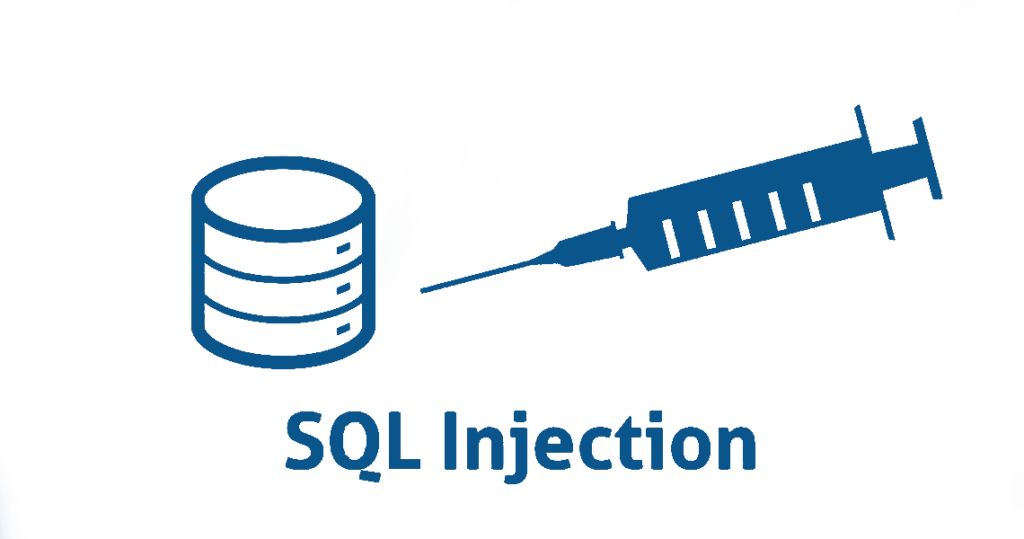Introduction
In the ever-evolving landscape of cybersecurity, vulnerabilities can emerge in the most unexpected places. Recently, our team at BSG made a significant discovery: a SQL Injection vulnerability in the popular Leaflet Maps Marker plugin for WordPress (CVE-2022-1123). As with the previous discovery of CVE-2022-25854, Ihor Bliumental was directly involved. This discovery underscores the importance of proactive security measures and the need to address vulnerabilities promptly to safeguard WordPress websites.
Overview of Leaflet Maps Marker Plugin
The Leaflet Maps Marker plugin is a widely-used tool among WordPress website owners. It allows users to pin, annotate, and provide detailed maps on their sites, making it a favorite for businesses and bloggers alike. Its user-friendly interface and rich feature set have contributed to its widespread adoption in the WordPress community.
Details of the SQL Injection Vulnerability
SQL Injection vulnerabilities can be particularly damaging, allowing malicious actors to gain unauthorized access to a website’s database. In the case of the Leaflet Maps Marker plugin, this vulnerability could potentially allow attackers to manipulate or extract sensitive data. The risks associated with this vulnerability are significant, ranging from data breaches to complete website compromise.
Sources and References
For those seeking a deeper dive into the technical details of this vulnerability, we recommend the following sources:
Mitigation Steps
Addressing this vulnerability is of utmost importance. Here’s a step-by-step guide to mitigating the SQL Injection vulnerability in the Leaflet Maps Marker plugin:
- Update the Plugin: Ensure that you are using the latest version of the Leaflet Maps Marker plugin. Developers often release patches for known vulnerabilities.
- Regular Scans: Use a reputable security plugin to scan your WordPress site for vulnerabilities regularly.
- Backup: Always maintain a recent backup of your WordPress site. In case of any issues, this will allow you to restore your site to a safe state.
Best Practices for WordPress Security
Beyond addressing this specific vulnerability, it’s crucial to adopt a proactive approach to WordPress security. Here are some best practices:
- Regular Updates: Ensure all plugins, themes, and WordPress core are updated regularly.
- Strong Passwords: Use complex passwords and change them periodically.
- Two-Factor Authentication: Implement two-factor authentication for added security.
- Limit Login Attempts: This can prevent brute force attacks.
- Use SSL: Secure your website with an SSL certificate to encrypt data.
Conclusion
The discovery of the SQL Injection vulnerability in the Leaflet Maps Marker plugin serves as a reminder of the ever-present threats in the digital world. By staying informed, regularly updating plugins, and following best practices, WordPress website owners can ensure a safer and more secure online presence.
FAQs
- How does the SQL Injection vulnerability in Leaflet Maps Marker Plugin affect WordPress websites?
- This vulnerability can allow unauthorized access to the website’s database, leading to potential data breaches or website compromise.
- Can the SQL Injection vulnerability be exploited remotely, or does it require authenticated access?
- While the specifics can vary, SQL Injection vulnerabilities can often be exploited remotely without authenticated access.
- Are there any known instances of websites being compromised due to this vulnerability?
- As of now, there are no widely reported instances of websites being compromised due to this specific vulnerability.
- What steps can WordPress website owners take to secure their sites against SQL Injection attacks?
- Regular updates, using security plugins, strong passwords, and regular backups are some of the steps to secure sites against SQL Injection attacks.
